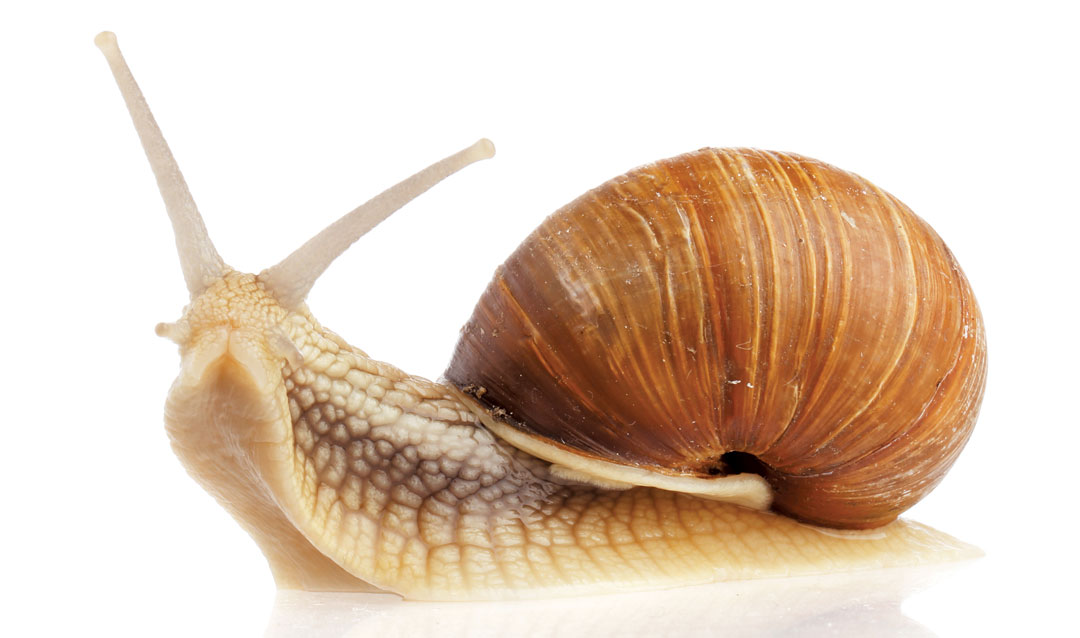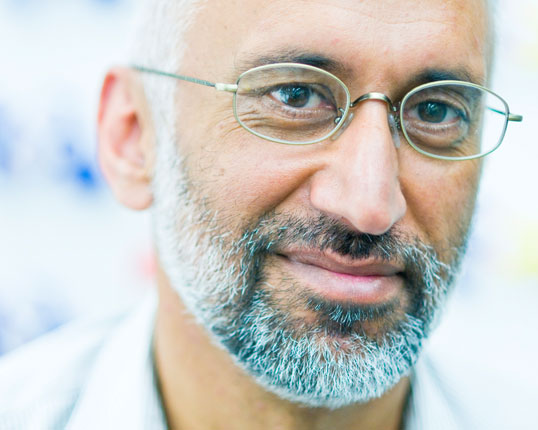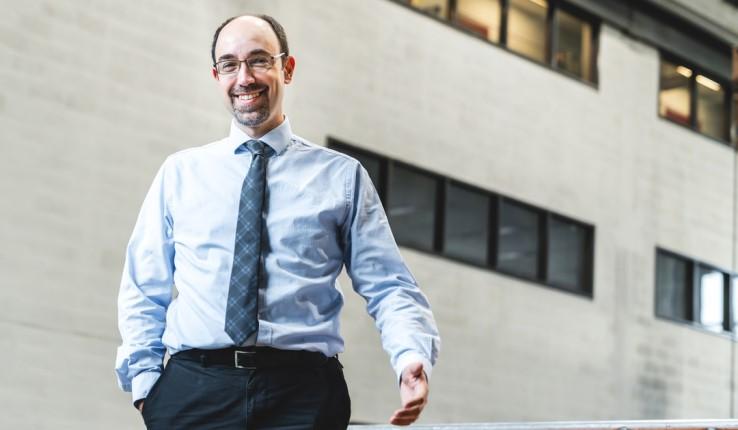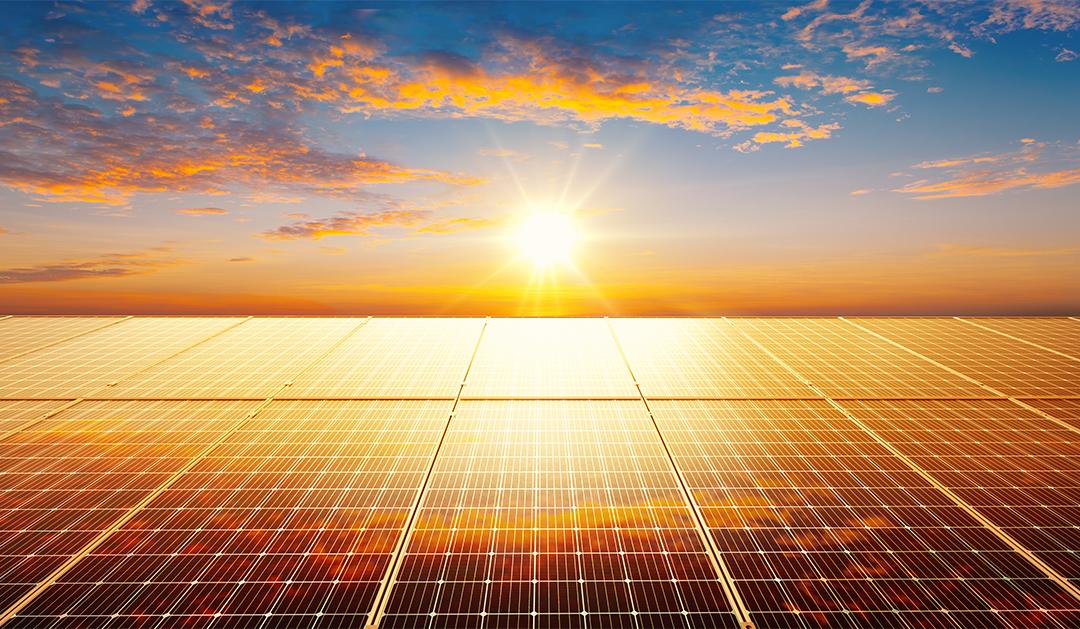Anand Jagota is professor and founding chair of Lehigh's department of bioengineering
Adhesives usually fall into one of two classes: strong but irreversible, like superglues; or reversible and reusable but weak, explains Anand Jagota, professor and founding chair of Lehigh’s department of bioengineering. The team has managed to overcome these limitations. They have reported their findings in a paper, published in Proceedings of the National Academy of Sciences, titled “Intrinsically reversible superglues via shape adaptation inspired by snail epiphragm.”
“We report a hydrogel-based, reversible, superglue-like adhesive by combining the benefits of both liquid and dry adhesives in a single material,” says Jagota.
The team reports that when hydrated, the softened gel they created conformally adapts to the target surface by low-energy deformation, which is then locked upon drying in a manner similar to the action of the “epiphragm,” a temporary structure created by snails and mollusks. Made of dried mucus, it holds in moisture during periods of inactivity and enables snails to adhere to surfaces.
The scientists show that reversible super-strong adhesion can be achieved from a nonstructured material when the criterion of shape adaption is met, with minimal residual strain energy stored in the system. According to the researchers, the new material can be applied to both flat and rough target surfaces.
“We demonstrate that in this system adhesion strength is based on the material’s intrinsic, especially near-surface, properties and not on any near surface structure, providing reversibility and ease of scaling up for practical applications,” adds Shu Yang, professor of materials science and engineering and chemical and biomolecular engineering at the University of Pennsylvania.






